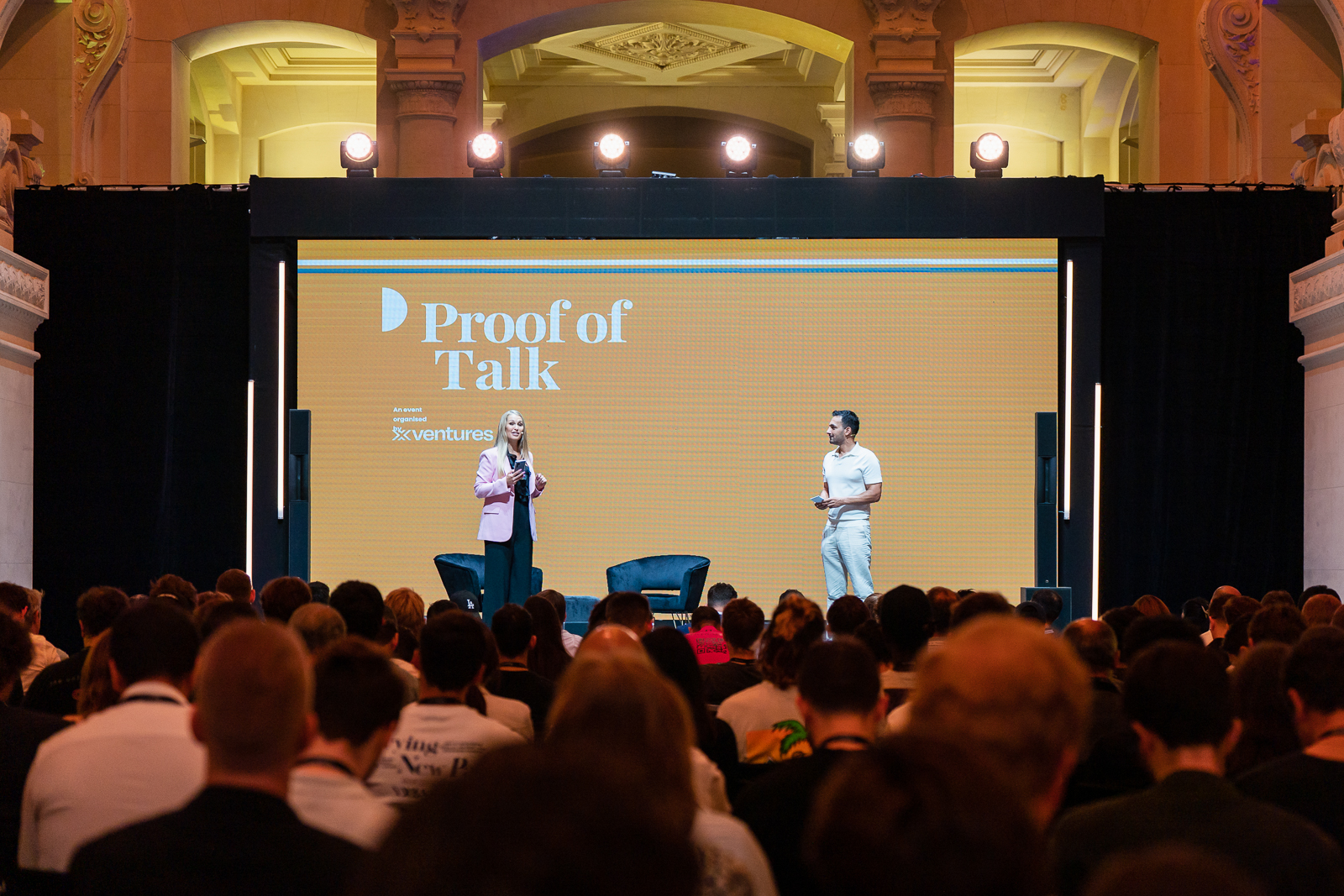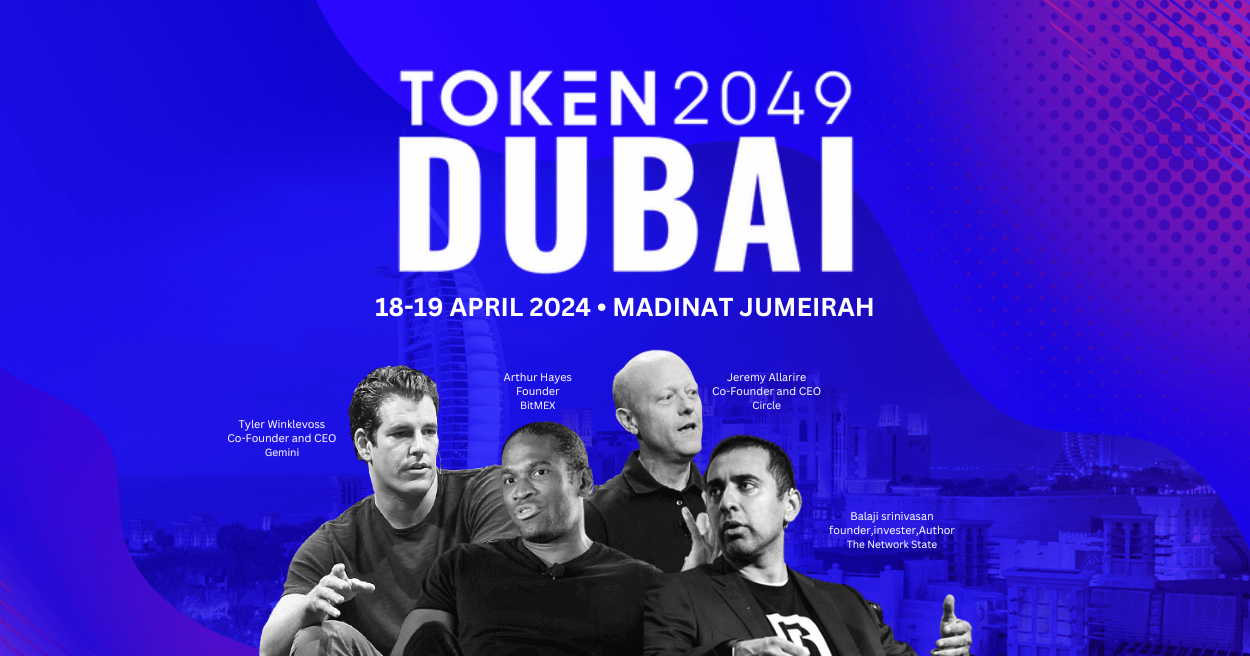In the ever-evolving world of blockchain and cryptocurrencies, Ethereum occupies a prime position, thanks in no small part to its ongoing innovations and improvements. Recently, a new proposal was put forward by Ethereum co-founder Vitalik Buterin and the Ethereum Foundation, aimed at optimizing the blockchain for a rollup-centric future. This initiative raises both interesting perspectives and technical challenges, illustrating Ethereum’s relentless quest for efficiency and scalability.
The need for optimization as blockchain use evolves
Ethereum is at a strategic crossroads, with a significant increase in effective block size over the past 12 months. This expansion, according to Buterin and Ethereum Foundation researcher Toni Wahrstätter, could stem from the growing use of rollups and trends such as Inscriptions. In view of this development, the proposal to reduce the maximum size of “EL parts of Beacon blocks” could free up space for more “blobs”, data packets designed to optimize data processing and storage on the Ethereum blockchain.

Five proposals on the table
The search for a solution to reduce maximum block size and variance led to the development of five different proposals. These solutions revolve mainly around increasing gas limits per block and the cost of calldata, a key element influencing load on the network. The aim is to find a balance that will enable more blobs to be added in the future without compromising network security or performance.
Calldata cost increase
One of the first and simplest proposals is to increase the calldata cost from 16 to 42 gas units, thus reducing the maximum block size from 1.78 megabytes to 0.68 megabytes. This would increase the gas limit per block, but could disadvantage the use of calldata for data availability, negatively impacting applications like StarkNet that require large amounts of calldata for on-chain proofs.
Cost adjustments and creation of cost markets
Other proposals include adjusting the costs of calldata and other opcodes, setting a cap on calldata per block, and creating a separate fee market for calldata, automatically adjusting the price in line with demand. These solutions aim to increase gas limits while effectively managing the use of calldata.
Towards a balance between cost and utility
The search for a balanced solution that is neither too rudimentary nor excessively complex is essential. Buterin and Wahrstätter suggest that an intermediate solution could be to increase the cost of calldata while reducing the cost of certain operations, or by offering incentives for the use of calldata within the EVM (Ethereum Virtual Machine).
Challenges and prospects
These proposals highlight Ethereum’s ongoing efforts to improve its network, seeking to optimize the use of block space while anticipating evolving needs and technologies. The impact on calldata-dependent applications and the need to maintain a balance between accessibility, security and performance are at the heart of these challenges. The path chosen by Ethereum in this endeavor could have significant implications for its future and that of the blockchain ecosystem as a whole.
The initiative by Vitalik Buterin and the Ethereum Foundation once again illustrates their commitment to the thoughtful and strategic evolution of the Ethereum blockchain, affirming their role as pioneers in the industry. Navigating between technical needs and community aspirations, they continue to shape the future of blockchain with ingenuity and vision.











